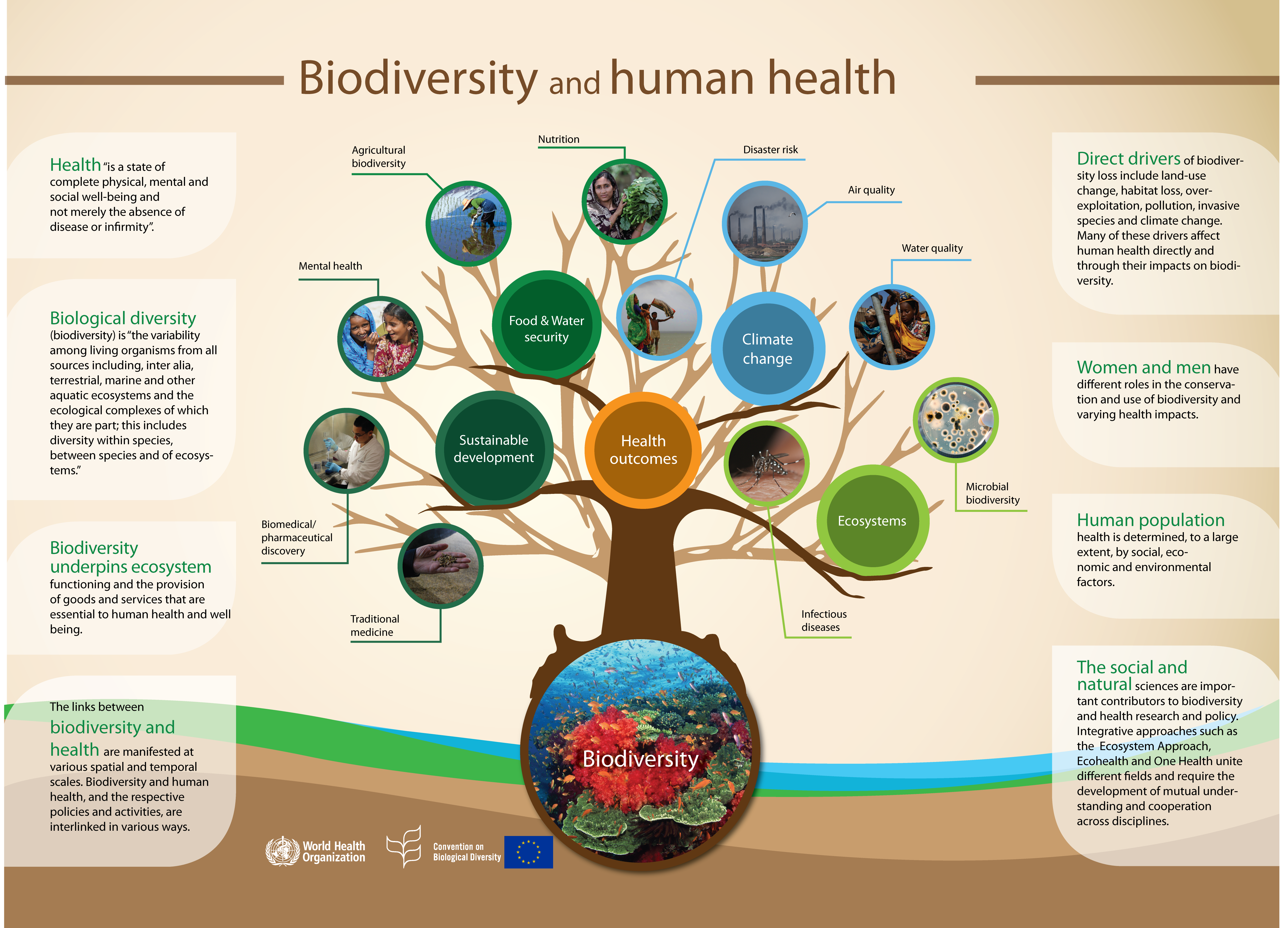Pain Signs And Symptoms From Abdominal Hernia After Eating: Why It Happens And Just How To Manage It

Authored By-Whittaker Harris
If you have actually experienced stomach hernia pain after consuming, you're not the only one. This discomfort typically develops from the pressure on a weakened location of your stomach wall during digestion. You might notice sharp or aching discomfort, bloating, and even a noticeable lump. But what can you do to take care of these symptoms? Understanding the link between hernias and post-meal discomfort is the very first step towards discovering alleviation. Let's explore this better.
Recognizing the Link Between Hernias and Post-Meal Discomfort
When you consume, your body goes through an intricate process of food digestion that can sometimes cause pain if you have a hernia. This happens since a hernia takes place when a body organ or tissue protrudes via a weak point in the abdominal wall.
As food moves via your digestive system system, it may put pressure on this damaged location. You may really feel discomfort or pain, especially after eating bigger dishes or certain foods that cause bloating.
In addition, the motion of your intestines during food digestion can intensify the hernia, bring about extra extreme sensations. Understanding this link is critical, as it helps you recognize possible triggers and make dietary adjustments to take care of discomfort successfully.
Keeping an eye on what you eat can provide valuable insights.
Common Signs And Symptoms of hernia Pain After Eating
If you have a hernia, you may observe particular symptoms after consuming that signal pain. Commonly, you might experience sharp or aching pain in your abdomen, specifically around the hernia site. This discomfort can heighten after dishes, specifically if you have actually eaten a big part or heavy foods.
Bloating and gas are also frequent issues, making you feel annoyingly full. You could also see a visible bulge in your abdomen that comes to be much more noticable post-eating.
https://www.bovinevetonline.com/news/veterinary-education/four-considerations-calf-hernia-repair-field and periodic throwing up can happen, specifically if the hernia is causing a blockage. If you find yourself experiencing these signs continually after meals, it's crucial to speak with a health care specialist for appropriate assessment and suggestions.
Techniques for Taking Care Of hernia Discomfort After Meals
To handle hernia pain after meals efficiently, consider making some dietary and way of living changes.
Start by consuming smaller, more regular meals instead of huge parts, which can lower pressure on your abdomen. Concentrate on low-fat, high-fiber foods to alleviate digestion. Stay clear of spicy, acidic, or fried foods that may set off pain.
On top of that, keep a healthy and balanced weight to lessen stress on your abdominal wall.
After consuming, try to stay upright for Click On this site of two hours to help digestion; this can aid protect against discomfort. Gentle activities like strolling can additionally promote food digestion, but prevent extreme exercise right away after meals.
Remaining hydrated is crucial-- drink plenty of water throughout the day to sustain digestive health and wellness and total well-being.
Verdict
To conclude, if you're experiencing abdominal hernia discomfort after eating, it's critical to identify the connection between your diet plan and your signs. By adopting smaller, more frequent dishes and staying clear of trigger foods, you can dramatically minimize pain. Remaining upright and appealing in light activity post-meal can likewise aid. Don't be reluctant to speak with a medical care professional if your symptoms persist. Taking these steps can boost your convenience and boost your general well-being.

